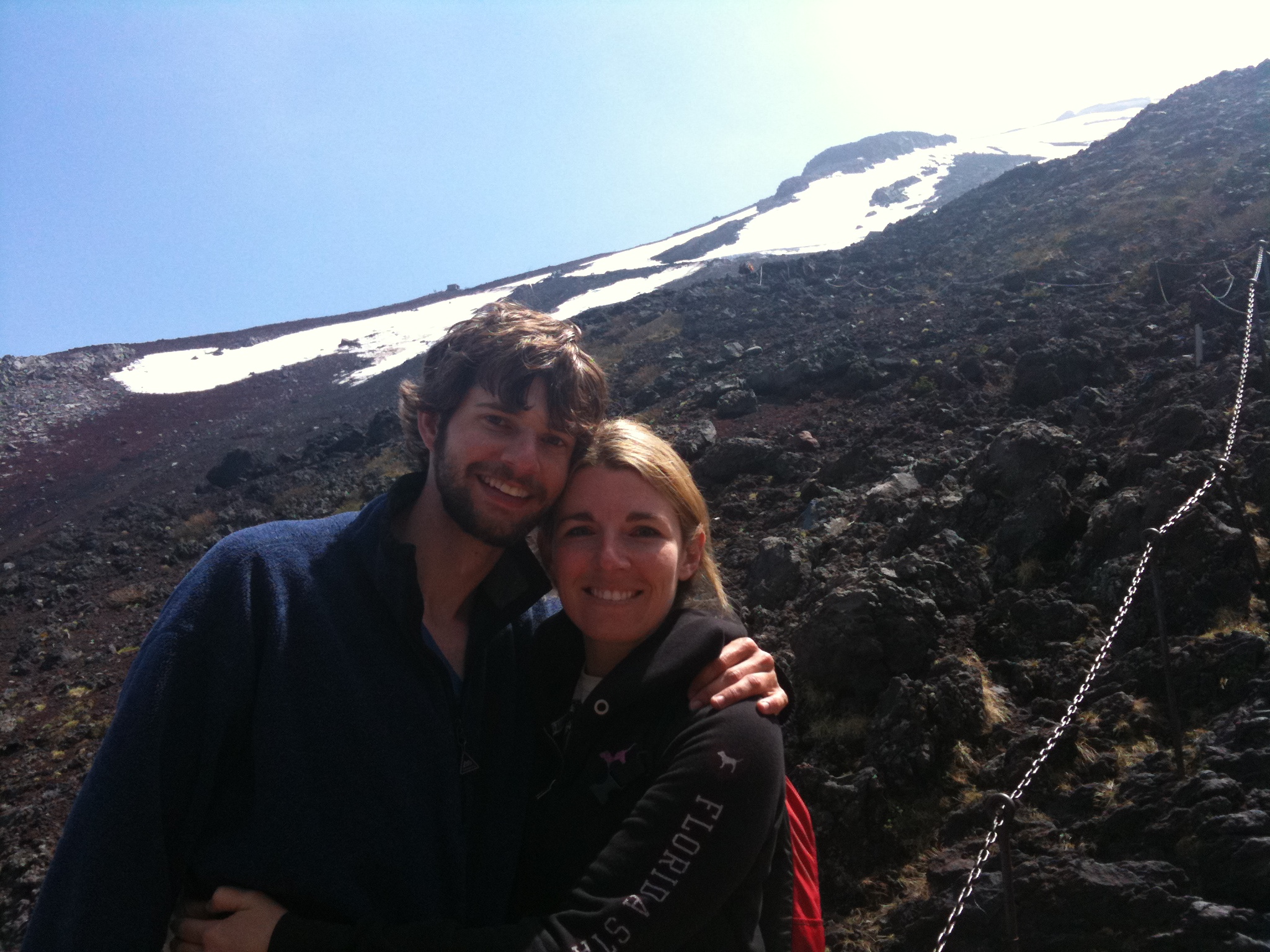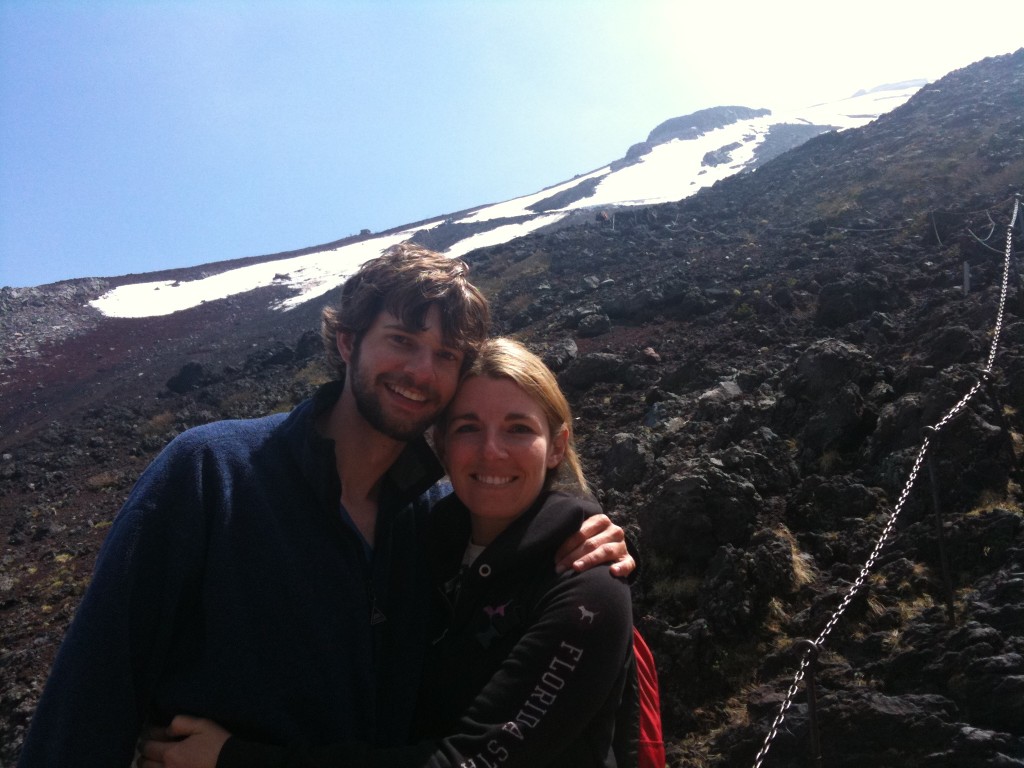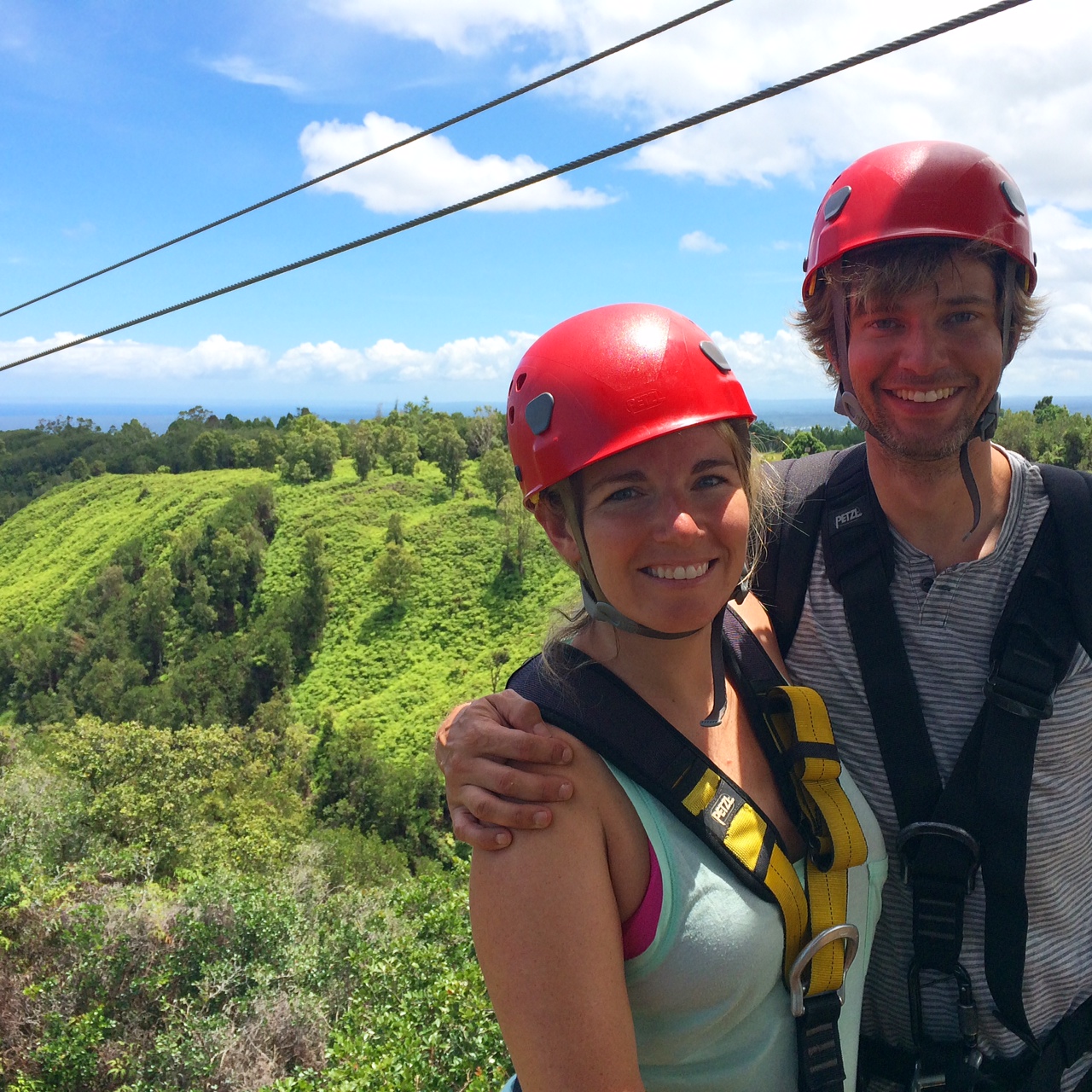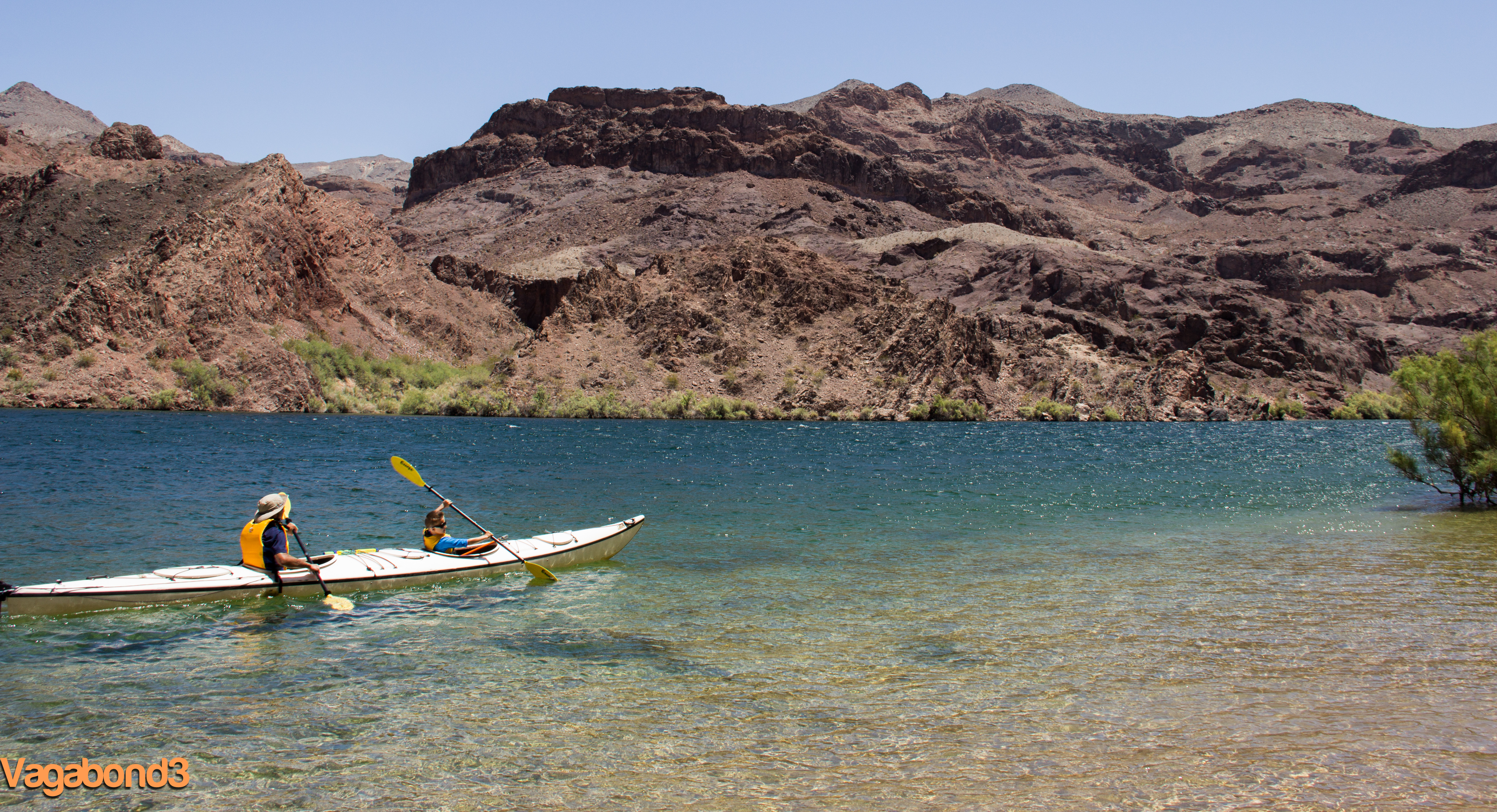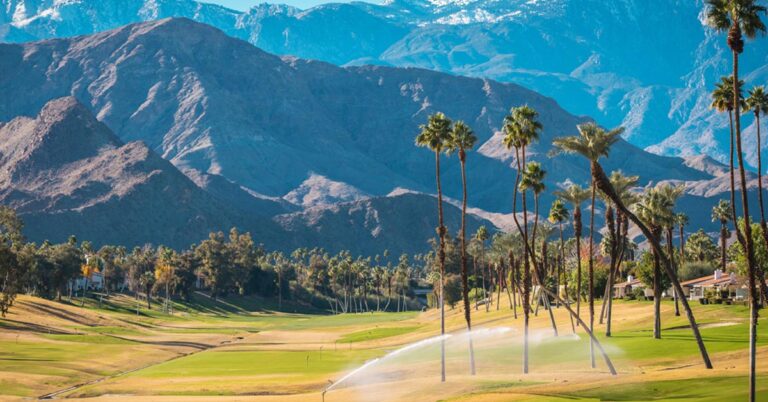Since July and August are the only months considered “climbing season”, you are far more likely to be around Mt. Fuji during the off-season. If you’re like me though, you’ll still want to climb it, ’cause it’s freakin’ Mt. Fuji. Here is a guide and some tips on how to get to Mt. Fuji from Tokyo and climb it during the off-season.
One tip first: The reason the other ten months are the off-season is because of the snow and ice that cover the mountain. If you are there in June or September, it is far more likely that you will summit, January- I wouldn’t try it. Also, the majority of this guide is focused on people who want to climb from the 5th Station, which is the most popular place to begin hiking, as not many people want to add a dozen hours to their climb and start from the bottom.
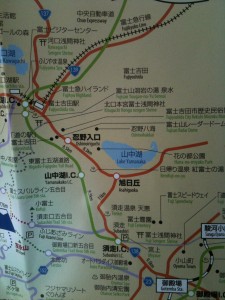 Climbing Mt. Fuji in the off-season is a different experience than climbing it during the season. First off it is much colder and secondly there are many fewer people. The mountain huts at the 8th Station are not open during the off-season (though some do stay open into September), so if you plan on climbing overnight, you are on your own for accommodations. I won’t lie to you, people have died climbing Mt. Fuji, so, while it’s not a difficult climb, be aware of your own physical abilities and climb with caution. At our own judgement, we choose not to climb at night or stay on the mountain overnight.
Climbing Mt. Fuji in the off-season is a different experience than climbing it during the season. First off it is much colder and secondly there are many fewer people. The mountain huts at the 8th Station are not open during the off-season (though some do stay open into September), so if you plan on climbing overnight, you are on your own for accommodations. I won’t lie to you, people have died climbing Mt. Fuji, so, while it’s not a difficult climb, be aware of your own physical abilities and climb with caution. At our own judgement, we choose not to climb at night or stay on the mountain overnight.
Things You Will Need
- Bus Tickets
- Cash
- Sunscreen
- Jacket (it is much colder on the mountain then in the town below)
- Plastic Bag for Trash
- Water
- Watch or Timer
- Gloves (optional – you might pull yourself up on rocks)
1) Pre-Planning. In the off-season, there are fewer available options for taking public transportation to and from the 5th Station. So much of the pre-planning to climb Mt. Fuji is figuring out how long you want to be on the mountain. There are two approaches as far as when to go to Fujikawaguchiko (the town at the base of Mt. Fuji).
- The first is to catch the earliest bus out of Tokyo and hike Mt. Fuji the same day (which is what we did). The amount of time you will actually have on the mountain is probably going to be around 5-6 hours, which is long enough to climb up high, but most people won’t summit in this amount of time. The last shuttle back down to Fujikawaguchiko is at about 15:30 (the station will have a list of the current Mt. Fuji shuttle schedule), and you don’t want to miss the last bus.
- The second is to ride down the day before you plan to climb and take the first shuttle up to the 5th Station the following day. You will get significantly more climbing time if you go down to Fujikawaguchiko the night before you plan to hike.
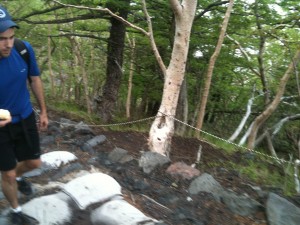 2) Tokyo to Kawaguchiko (Fujikawaguchiko). There is a bus that leaves Shinjuku Station (Keio Highway Bus Terminal) and stops in Kawaguchiko Station in Fujikawaguchiko, the town nearest Mt. Fuji. One way, the bus costs roughly 1,800 Yen and is rather comfortable for the 1 1/2 – 2 hour ride.
2) Tokyo to Kawaguchiko (Fujikawaguchiko). There is a bus that leaves Shinjuku Station (Keio Highway Bus Terminal) and stops in Kawaguchiko Station in Fujikawaguchiko, the town nearest Mt. Fuji. One way, the bus costs roughly 1,800 Yen and is rather comfortable for the 1 1/2 – 2 hour ride.
- You should consider booking this bus in advance. A day before should be fine.
- The Keio Bus Station can be hard to find at first, here is the Google Map link to where it is.
- Kawaguchiko station is not the last stop for the bus, so pay attention to context clues. On the freeway, the bus will pass a rollercoaster amusement park, and might even stop there. It will then enter into a town and stop. Mt. Fuji is visible on a clear day, but if you are worried, point to the station name on your ticket for the driver.
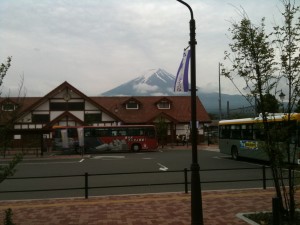 3) Kawaguchiko to Mt. Fuji (Kawaguchiko 5th Station). Like I mentioned earlier, most people start their hike at the 5th Station. There is a shuttle from Kawaguchiko station to the Kawaguchiko 5th Station even in the off-season, though there are fewer daily trips. Shuttle tickets to Mt. Fuji can be purchased at the same station at which the bus from Tokyo drops you off. Round trip from Kawaguchiko station to Mt. Fuji costs roughly $20 USD (I’m not sure they accept credit cards) and takes approximately 1 hour.
3) Kawaguchiko to Mt. Fuji (Kawaguchiko 5th Station). Like I mentioned earlier, most people start their hike at the 5th Station. There is a shuttle from Kawaguchiko station to the Kawaguchiko 5th Station even in the off-season, though there are fewer daily trips. Shuttle tickets to Mt. Fuji can be purchased at the same station at which the bus from Tokyo drops you off. Round trip from Kawaguchiko station to Mt. Fuji costs roughly $20 USD (I’m not sure they accept credit cards) and takes approximately 1 hour.
- A shuttle schedule can be found here. Though it has a date the schedule is effective until, the schedule is usually very similar.
- I realize Kawaguchiko and Kawaguchiko 5th Station can be confusing. They are two different places, the first is the bus/rail stop in Fujikawaguchiko and the latter is the shuttle stop actually on Mt. Fuji.
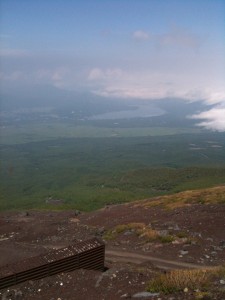
4) Shuttle stop. The bus drops you off in the cluster of shops at the 5th Station of Mt. Fuji, where you can purchase water and snacks if you forgot them.
- The most accessible bathroom charges a fee. I believe that there is a public bathroom just down the hill at the visitors center.
- There are no public trashcans, at least I didn’t find one.
5) To the Top. The most accessible hike from here is Yoshida Trail. Which splits from the road at the Izumigataki Waterfall. Don’t be looking for a huge waterfall, but for a sign and a small trickle.
- Along the way – when you reach the Huts you are at the 8th Station. Above here, it got too icy for us to continue during our visit in June, so pack accordingly or be prepared to not summit.
- There are no bathrooms along the way in the off-season, and not too many off-trail pee areas. So, if you are going to go pee, it will probably be on the trail. Don’t worry, there are few people climbing, but make sure to check both up and down hill for other hikers.
- The climb down is not much faster than the climb up, so allow at least 2/3 the climb up time for the climb down.
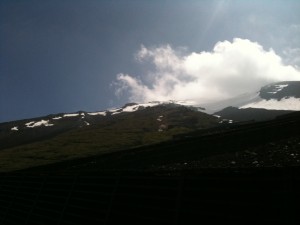
6) Going home. The bus will pick you up where it dropped you off, which is on the cul-de-sac nearest the buildings, and it leaves soon after it arrives, so don’t be late.
This was something that we really wanted to do, even if we knew we weren’t going to make it to the top. It was a great experience.
Though it was a harder hike than I expected, it was really rewarding. Check out our day of hiking on our RTW video.
